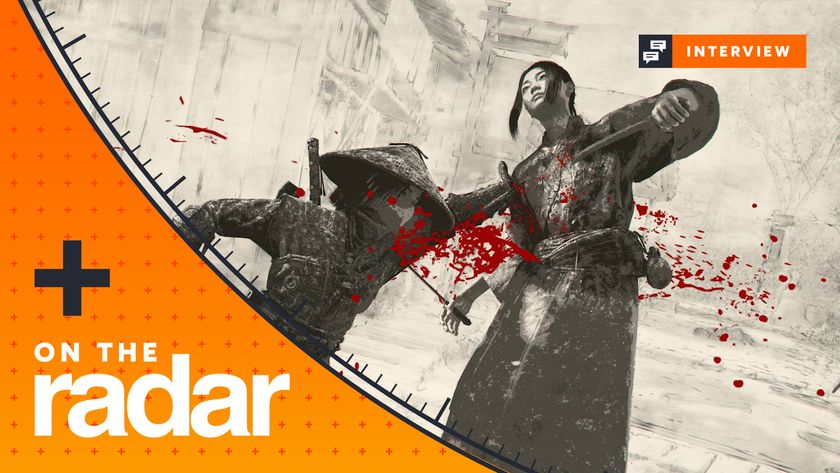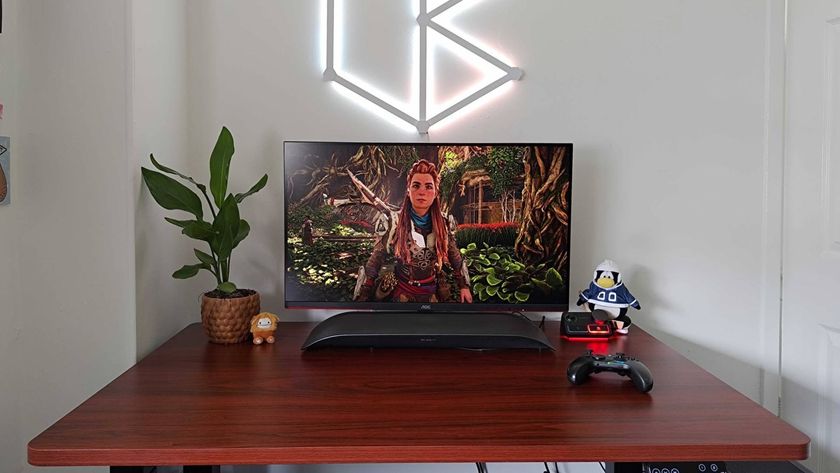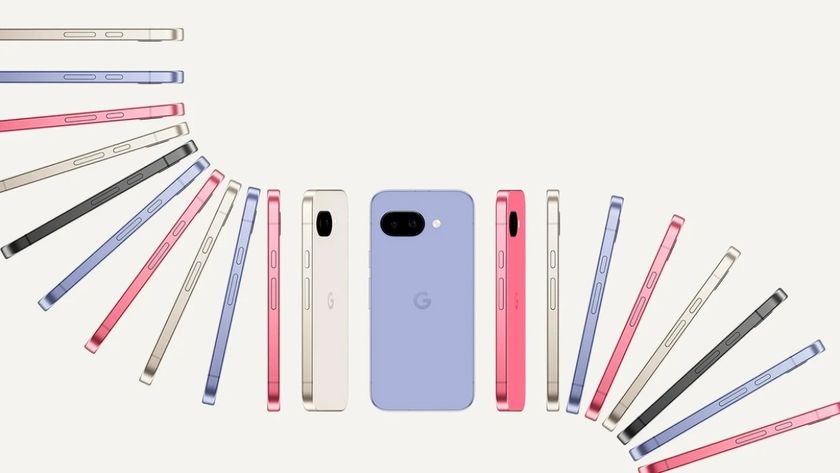Kinect 2.0 can save the Xbox One
Making the most of our new omniscient sensor friend
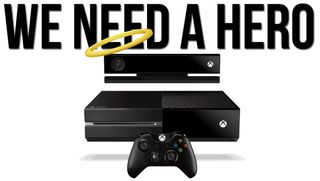
When Microsoft gives you lemons...
The gamer community rose, sea-monster like, in near universal revolt to Xbox One after its debut earlier this week. Much of the criticism is justified; mixed signals on online connectivity and used games were major missteps, and there just weren't enough games even with E3 looming. But one whipping boy in particular we just can't find it in our heart to lash: the new Kinect.
It's so easy to make fun of the boxy little sensor array, given its predecessor's questionable value. But Microsoft's presentation convinced us that Kinect, perhaps more than anything else revealed, may redeem the system once developers and gamers get their hands (and legs and torsos and faces) on it. Click on to see how we could possibly justify looking forward to Kinect.
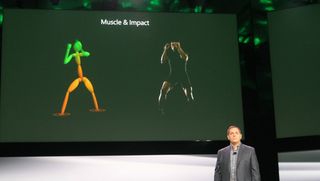
It sees through your clothes... and your skin
Not literally... we think. But the new Kinect is so much better at recognizing people--from the wrinkles in their shirts to their bodies in motion--that it makes the old ones look like those things that keep garage doors from closing on trash cans. A mix of improved sensors and software that better understands biomechanics let it infer which of your muscles are flexing and which are relaxing--and how fierce your Goku-esque air punches are.
Developers can use this information to make "Your Body The Controller" in ways that are actually compelling. Broad, sweeping movements (followed by panicked readjustment when Kinect loses track of you) can be minimized in favor of subtle shifts in posture and motion. We maintain that motion controls aren't inherently stupid, but they usually end up that way. New Kinect may finally make good on them.
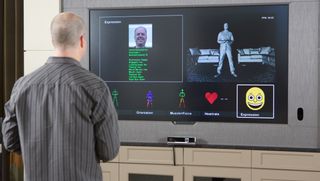
It can track your heartbeat and your mood
As smart as modern video games are, they don't know jack about the people playing them. It's a one-way street: they stimulate us, and we react though our controllers. But games can't count on players to push a button when excited, overjoyed, or scared. The new Kinect doesn't need that to read you like a book.
It can track your heartbeat, and it can tell what sort of mood you're in by the look on your face. That's a whole new playground of player input which developers are eager to exploit. Imagine a horror game that amps up the scares until your pulse peaks, then drops away before your reaction levels out. Imagine playing the other side of L.A. Noire, convincing a virtual detective that your shoddy alibi is 100 percent bulletproof. Imagine new ways to play that don't involve hopping and waggling like a ninny. We're not just blindly making stuff up, either--we've heard from developers that they wish they had access to stats on the player's mood and heartbeat, and that they'd use it to change the game dynamically.
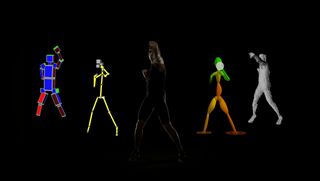
It can track more people
It seemed like the perfect party toy, at first, but give the poor little thing a break. The original Kinect has a tough enough time holding on to one person's skeleton; put more than two people in front of the thing and it often gives up the ghost in a spectacular display of jumpy, glitchy horror. That works great for games that embrace the madness, like Happy Action Theater, but not so much for anything else.
Microsoft says the new Kinect can track six player skeletons at once. We say show us a game that can do so instead of a tech demo--but even if it manages just four people jumping, squatting, cartwheeling, and whatever else all together in one room, that's much closer to fulfilling Kinect's party potential. Just make sure you don't accidentally deck your friends.
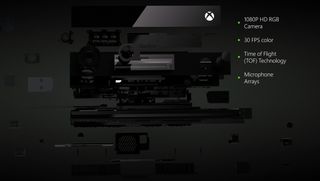
It can work in smaller rooms
The original Kinect was clearly designed by successful engineers and approved by successful executives employed by a Fortune 500 company. How do we know that (other than the Microsoft branding)? Because it expects us to have a wide open space in front of our television, at the very least six feet back and six feet wide. That's fine if you have a spacious living room in suburban Redmond, Washington. But it's pretty laughable for many apartment dwellers, or others in less palatial estates.
The new Kinect is a bit more accepting of us plebs. It has a 60 percent improved field of view, and you can stand as close as four feet from the television. Its improved sensors do a much better job of picking out your form when you're sitting down, slouching, or otherwise not in a perfect, EA-Sports-Active-model-like posture directly in front of the camera.

It hears you better
Xbox, Bing Minecraft... Xbox Back. X-box, Bing Mine-craft... Xbox Back. ECKS BAWCKS, BEENG MAYAN CRAYFTTTT. Kinect's voice control revolution makes navigating 360's bloated dashboard by hand seem appealing. Just like most iPhone owners lose touch with Siri a week or two after meeting her, the original Kinect's voice commands are seldom worth the effort. It can understand a limited range of commands spoken loudly in a quiet room, but that's about it.
Kinect is much smarter about who's talking, what they're saying, and why they're saying it. Better microphones combined with better noise canceling tech make all the difference. As Microsoft demonstrated at the Xbox One debut, it's a compelling way to jump around the interface with minimal scrolling and searching. The superior sound may even convince us to make a Skype call through our TV now and then. Until we come to our senses and return to our phones.
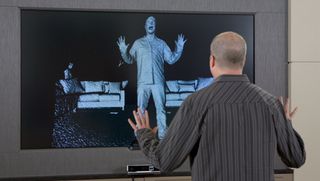
It can see you in the dark
You play all your video games in a well-lit room and take a 15-minute break every hour, right? No? You at least have the lights on in the hallway? Us neither. Unfortunately for us heliophobes, the original Kinect is completely dependant on optimal lighting conditions to have any idea of what's going on in front of it. The new Kinect is a bit more realistic about our playing conditions.
Active Infrared tracking means Kinect is no longer at the mercy of external light sources. It functions better at a much greater range of illumination: a dim room is about as good as the old standard (the focal point of an active lighthouse). Anything that makes the Kinect work for us, instead of the other way around, is promising.
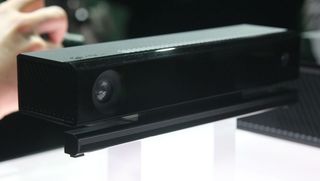
It knows who you are, and who's holding the controller
This seems like one of those solutions to a problem nobody had. Is it that tough to sign into your Xbox before you get started? Not really. If you have four or more people waiting to jump into the game, quick facial recognition could speed things along, sure. But we're thinking a bit further with this one.
If Kinect knows where you are and where your controller is, it can do things with motion controls that don't suck. Think of it like a head tracking solution that actually makes sense with a television. Looking away from the screen is kind of contrary to the point, right? But if you stay still while subtly moving the controller to one side or the other--instead of shaking furiously just to kick in the gyros--your character could, say, peek around a corner. It's motion control that enhances classic play instead of complicating it.

It's mandatory
In many contexts, Xbox One refusing to function without its bundled-in Kinect is a very bad thing. But for prospective developers, it's a godsend. Original Kinect games are relegated to their own little part of the shelf because developers can't assume you have one. Either you get a regular Xbox 360 game, or you get a Kinect game. At most you get a regular Xbox 360 game with irrelevant voice controls bolted on.
Because every Xbox One will have a Kinect plugged into it--or else--developers can treat it like another button on the control pad. They don't have to use it (just like they don't have to make clicking the joysticks do anything [always a good idea, if you ask us]) but they can if it makes sense, without fear that many of their players will miss out. More options are always a good thing.
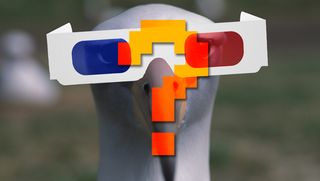
It's coming this year
Despite all the cool features, there's plenty that could still go wrong. We'll see if the next Kinect can finally make good on all the promises and potential of the old one when Xbox One launches sometime this year. Do you think Kinect will be a net positive for the system, or is it just another depth-sensing albatross around its neck?
Looking for more? Check out 10 things we absolutely know about Xbox One and 6 ways Microsoft can win us back at E3.

I got a BA in journalism from Central Michigan University - though the best education I received there was from CM Life, its student-run newspaper. Long before that, I started pursuing my degree in video games by bugging my older brother to let me play Zelda on the Super Nintendo. I've previously been a news intern for GameSpot, a news writer for CVG, and now I'm a staff writer here at GamesRadar.









